HIIT vs cardio: which is better for weight loss?
We delved into the HIIT vs cardio debate and spoke to a fitness expert to find out which is best if you're looking to drop pounds
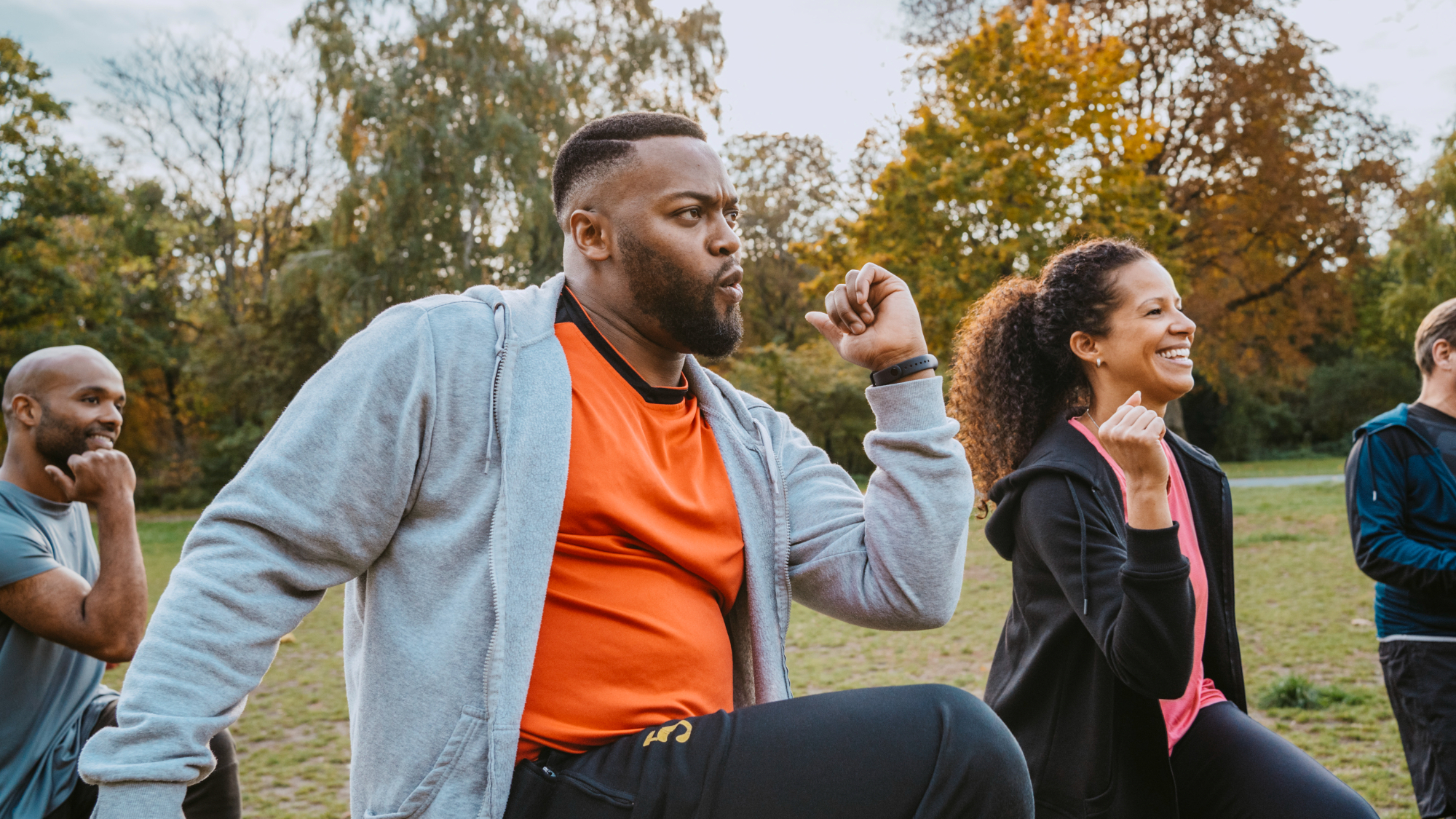

HIIT vs cardio. The rivalry between these two training methods has been hotting up of late, with high-intensity interval training (HIIT) becoming an increasingly popular alternative to its more traditional cardio counterpart. But which is better for weight loss?
Cardio has long been the go-to option for those looking to drop a few pounds, with lengthy runs and treadmill sessions synonymous with (sweaty) success. However, many people enjoy a HIIT workout at home, followed by a post-workout shake with one of the best protein powders for weight loss.
So, with both training methods popular with their respective followers, is it possible to give a definitive answer on which is better? We decided to find out, diving into the science and recruiting Freeletics trainer and nutrition specialist David Wiener to help us solve this fitness feud once and for all.
Here’s what we found when we compared HIIT vs cardio for weight loss.

David Wiener is a training and nutrition specialist for the fitness and lifestyle coaching app Freeletics. He is also a level 3 personal trainer who firmly believes that health and fitness should be a key part of people's lives. Through his coaching, he helps clients hit their health goals and improve their physical and mental well-being.
HIIT vs cardio: what does cardio do?
One of the most glorious things about cardio as a form of exercise is that you can often do it without realizing it. We’ll let Wiener explain.
“Cardio training consists of any kind of exercise that increases your heart rate. Sometimes, our favorite sports such as tennis, swimming, and dancing would mean we’re participating in cardio exercise, without us even realizing - which makes it all the more fantastic.”
An even bigger bonus is the many health benefits of regular cardio sessions. A study published in the Frontiers in Cardiovascular Medicine journal states that “physically active individuals have lower blood pressure and higher insulin sensitivity.” This last point allows you to use blood glucose more effectively, lowering your blood sugar levels.
Get the Fit&Well Newsletter
Start your week with achievable workout ideas, health tips and wellbeing advice in your inbox.
Wiener says: “Cardiovascular exercise is particularly beneficial for your heart health, respiratory system, lung capacity, and lactic threshold, as well as your muscular endurance. Cardio exercise can also help to lower blood sugar and contribute to a healthy weight.”
“Cardio is fundamental for our health, and while it adds all these amazing health benefits to our lives, it also helps reduce many conditions such as obesity, high blood pressure, stroke, some types of cancer, heart disease, type 2 diabetes, and metabolic syndrome.”
Not a bad portfolio, eh? So, how does HIIT compare?
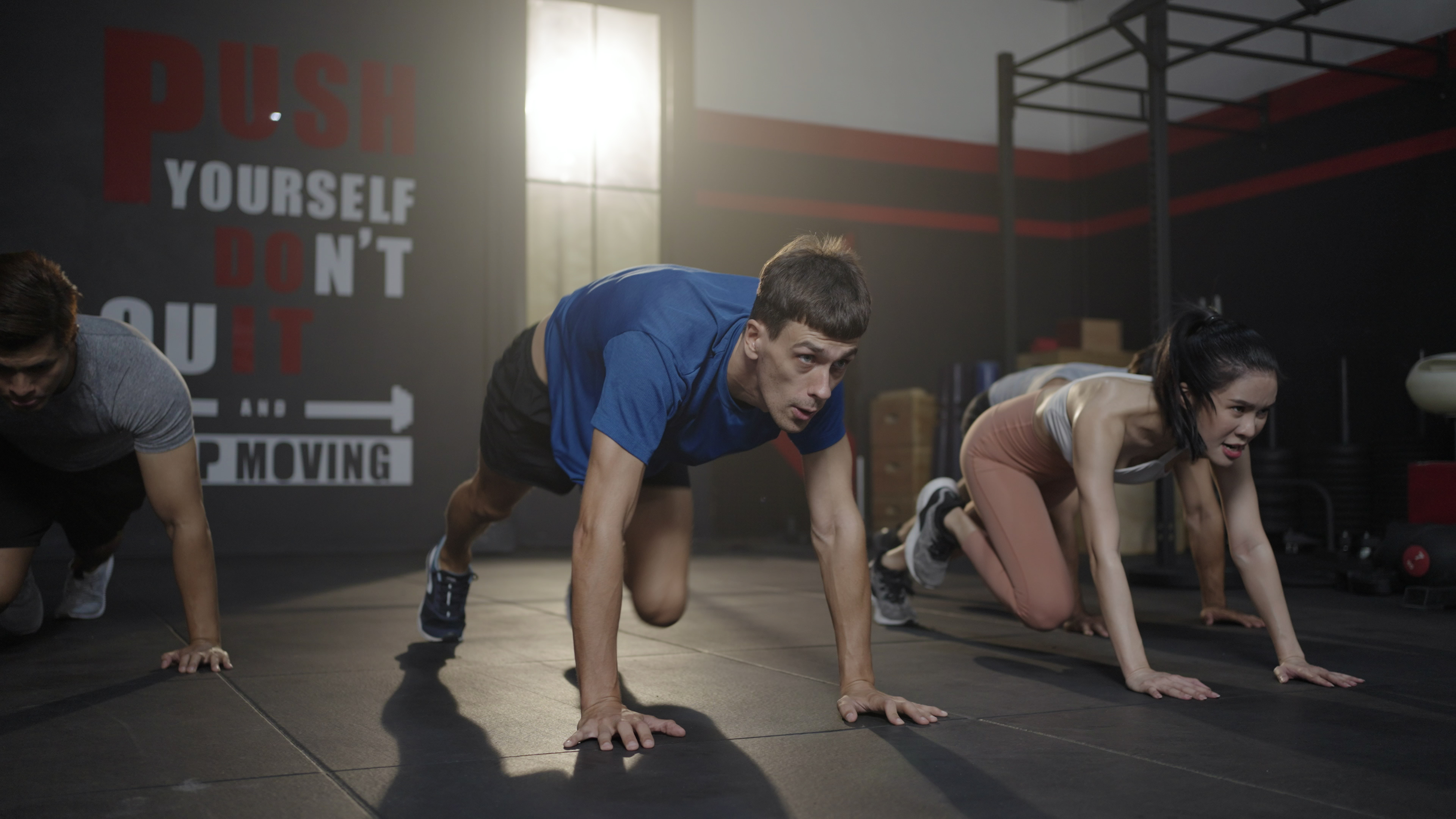
HIIT vs cardio: what does HIIT do?
HIIT is an acronym for high-intensity interval training, a technique that fits an effective workout into a short amount of time. Like with circuit training, you split your workout into short bursts with a short rest period between moves.
Sessions like a HIIT workout for fat loss rarely last more than 45 minutes and usually clock in between 20 and 30 minutes, making it a time-efficient approach to achieving your fitness goals.
“People often assume that HIIT training is only beneficial to those of us who want to get stronger, but that is simply not true,” Wiener says. “It is vital that your workout routines are varied as it ensures you work all muscle groups and avoid overuse.
“Due to the explosive nature of the workout, HIIT works by using all your muscles and strengthening the muscles that are weaker and not used as much.
"Another incredible benefit of HIIT is that you use a range of lateral movements and rotational exercises, helping to strengthen and work the whole body, as well as building overall fitness and stamina.”
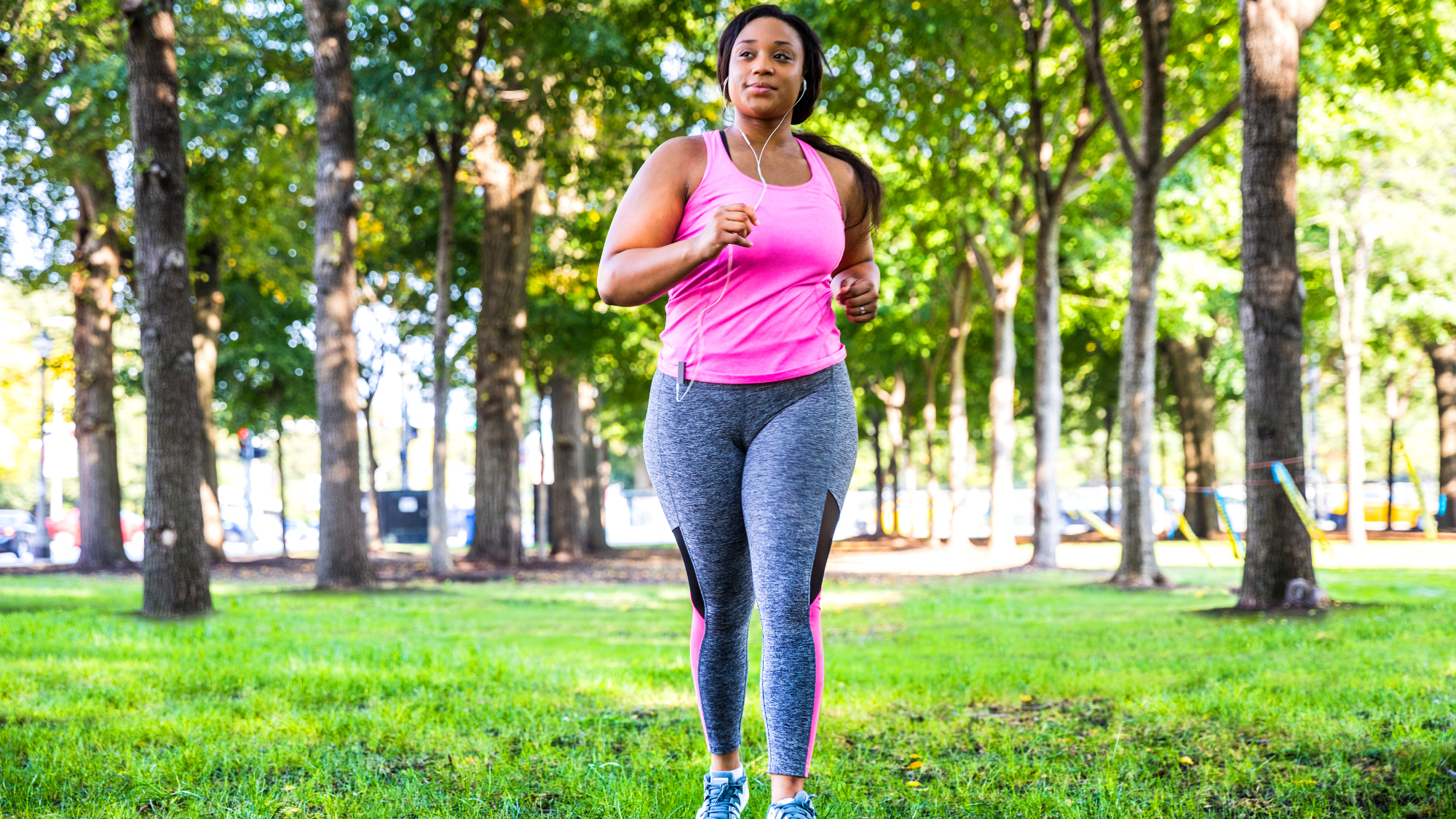
HIIT vs cardio: which is better for weight loss?
A study published in BMJ Open Sport and Exercise Medicine pitted HIIT against moderate-intensity continuous training (a form of cardio, like a steady run) to see which was more effective. It found that both training methods “induced similar weight loss and cardiovascular risk factors improvement,” but HIIT prompted a more significant increase in cardiovascular fitness.
However, Wiener says there are two reasons he believes HIIT has the edge when it comes to cutting fat. “To lose weight, you need to combine a consistent exercise regime with a healthy, nutritious diet, which results in a calorie deficit,” he explains.
“Cardiovascular exercise (cardio) is incredible for weight loss and does absolute wonders for your health. However, in general, HIIT training burns more calories. This is because the bursts of increased intensity increase your calorie expenditure and up the number of total calories burned, aiding in better body composition (the ratios of fat, muscle, and bone in your body)”.
He also says a HIIT session can cause continued calorie burn after your workout courtesy of exercise post-oxygen consumption (EPOC).
“This is the body’s natural ability to return to homeostasis (its resting state) after exercise. With HIIT, the total calories burned is greater in EPOC than with continuous low-intensity cardio exercise.”
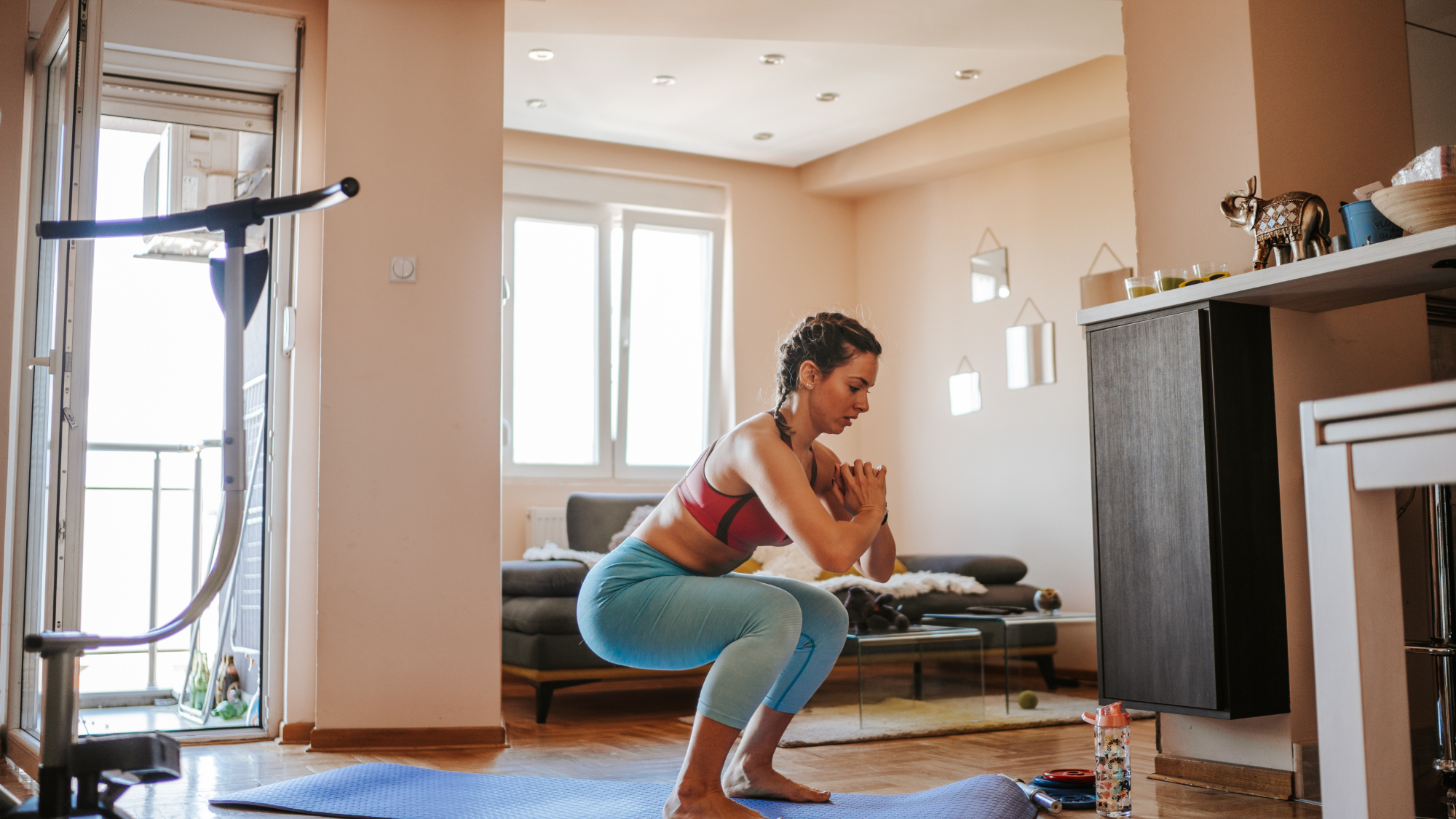
HIIT vs cardio: which is better for building muscle?
HIIT has a clear edge when it comes to building muscle. While cardio requires a continuous effort for a low-resistance activity like running, many of the movements used in HIIT sessions involve putting your muscles under increased mechanical tension through bodyweight movements like push-ups and loaded exercises like squats.
Wiener says: “While certain cardio workouts will be working and strengthening your muscles, HIIT workouts normally consist of adding weights into your exercise or utilizing your bodyweight, which will ultimately be working your muscles more and building more muscle.”
He concludes that “HIIT workouts are great for overall fitness, while cardio is focused more on burning overall body fat.” There are also variations like high-intensity resistance training (HIRT), which are purpose-designed for building muscle and burning fat.
HIIT vs cardio: verdict
So, we’ve seen that HIIT has the edge regarding muscle gain. At the same time, both methods of training offer similarly impressive results in the calorie-burning department, but which is better overall?
“Depending on your goals and fitness levels, cardio and HIIT can be a better training method,” says Wiener. “If you’re short on time and lead a busy lifestyle, a 27-minute session of HIIT three times a week (81 minutes total) can produce the same anaerobic and aerobic benefits as 60 minutes of aerobic cardio training five times per week (300 minutes total).
“So, if you’re looking to really push yourself and up the intensity of your workouts to be able to fit in a shorter amount of time exercising, HIIT is for you.”
However, other exercisers may find cardio is a better fit for them. “Sometimes you won’t want to be pushing yourself every single week and simply want to be exercising to keep healthy and moving,” Wiener says.
“If this is the case, cardio exercise will be a much better training method, lessening the risk of experiencing delayed-onset muscle soreness (DOMS) or injury.” Whichever workout style you choose, it’s worth investing in a set of the best cross training shoes for support, especially when switching between fast-paced moves.

Harry Bullmore is a Fitness Writer for Fit&Well and its sister site Coach, covering accessible home workouts, strength training session, and yoga routines. He joined the team from Hearst, where he reviewed products for Men's Health, Women's Health, and Runner's World. He is passionate about the physical and mental benefits of exercise, and splits his time between weightlifting, CrossFit, and gymnastics, which he does to build strength, boost his wellbeing, and have fun.
Harry is a NCTJ-qualified journalist, and has written for Vice, Learning Disability Today, and The Argus, where he was a crime, politics, and sports reporter for several UK regional and national newspapers.
-
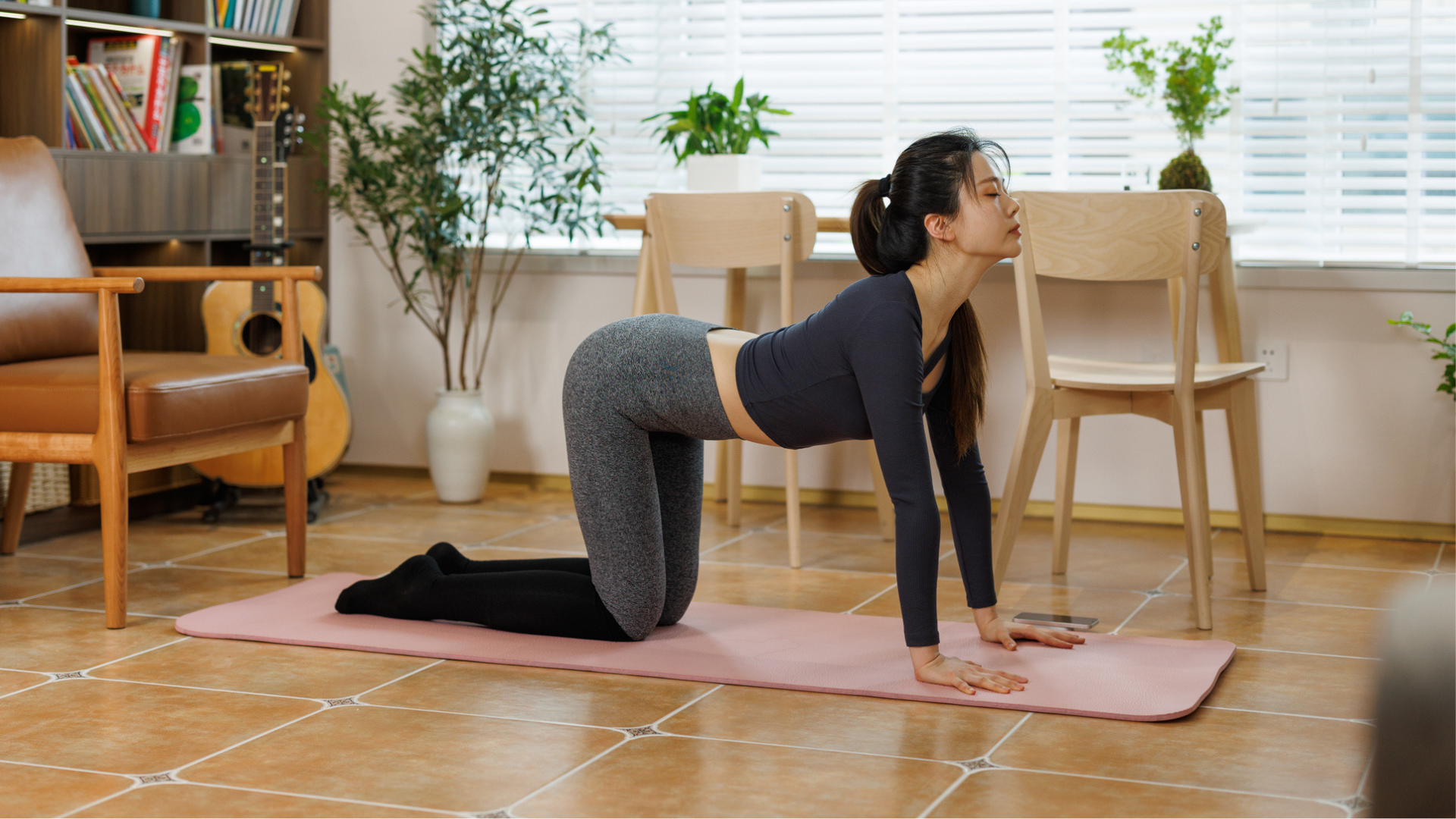 A yoga instructor says this eight-minute routine is all you need to mobilize your entire body
A yoga instructor says this eight-minute routine is all you need to mobilize your entire bodyStiff and achy muscles? Try this
By Alice Porter
-
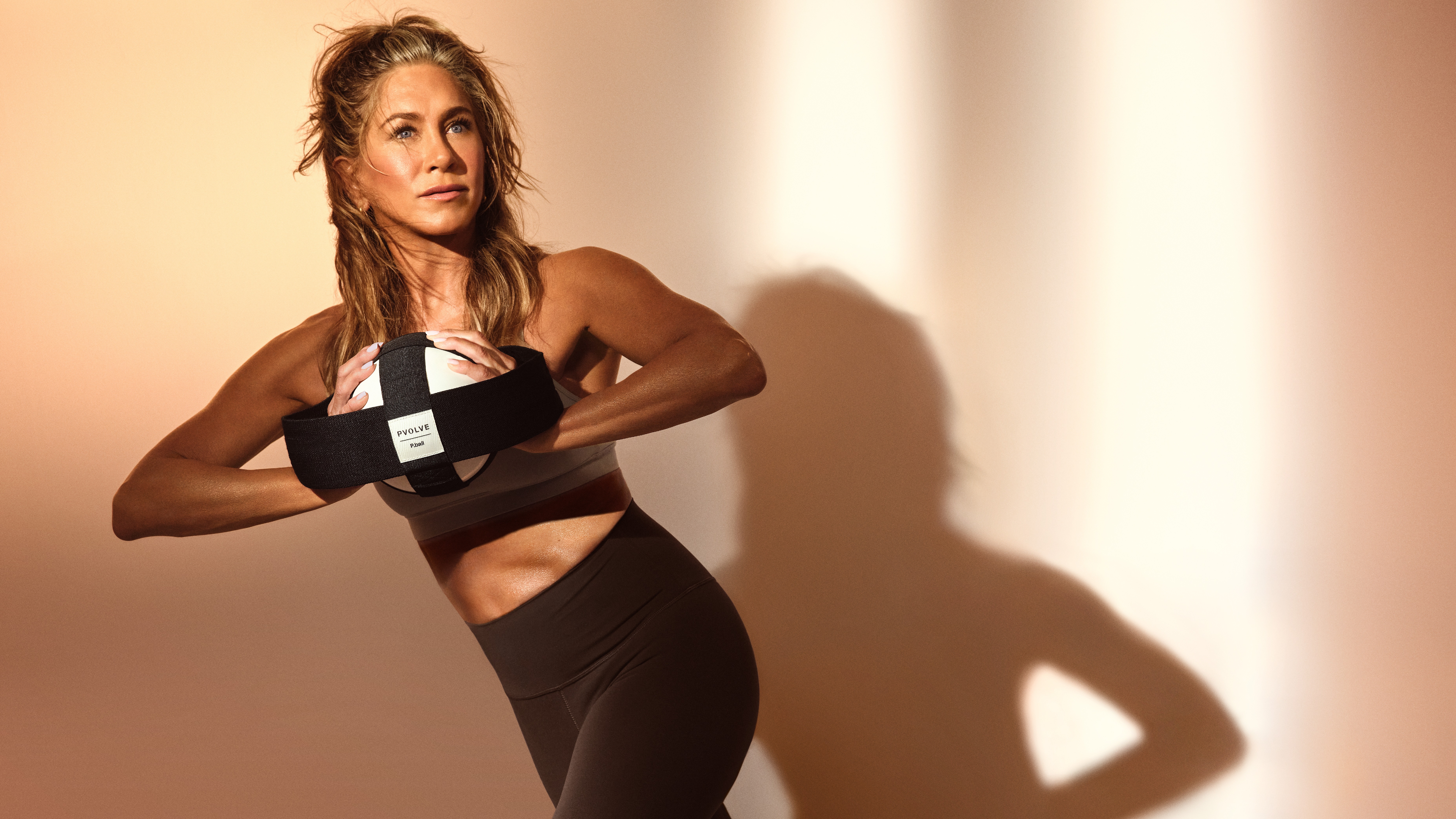 "You don’t need to work out seven days a week to achieve her kind of fitness," says Jennifer Aniston’s trainer
"You don’t need to work out seven days a week to achieve her kind of fitness," says Jennifer Aniston’s trainerWorkouts Aniston works out with her trainer three to four times a week, 45 minutes at a time
By Maddy Biddulph